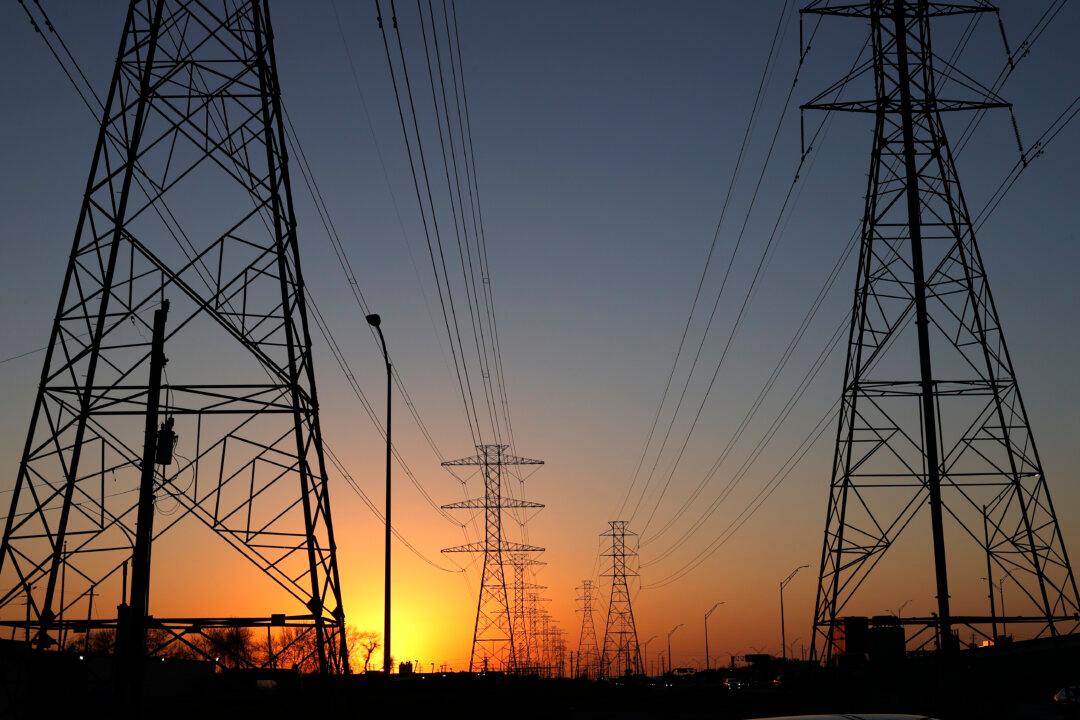Significant power outages in 2021 affected around 350 million people, or 4 percent of the world’s population, according to a new study.
In a report titled “Are We Entering an Age of Increasing Power Supply Disruptions?” IHS Markit said that extreme weather events and energy transition trends eroded reliability and disrupted some of the world’s largest power supplies, including in the United States and China.





